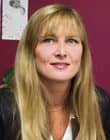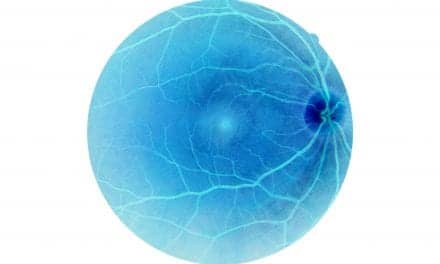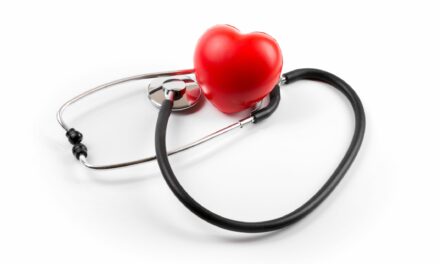 Sleep disorders in the elderly have been a topic of discussion among sleep specialists for some time and, as more research is conducted, it has become evident that untreated sleep disturbances impact medical problems of those between the ages of 55 and 84. The National Sleep Foundation recently conducted its first poll that looks at the sleep habits and patterns of America’s older adults called 2003 Sleep in America. The poll found that approximately 37 million older Americans suffer from frequent sleep problems that, if left untreated, can complicate treatment of a variety of common, serious, age-related medical conditions that include arthritis and diabetes (72%), heart (76%) and lung (72%) disease, and depression (82%). The poll also showed that poor sleep among older adults often goes unnoticed by the medical community.
Sleep disorders in the elderly have been a topic of discussion among sleep specialists for some time and, as more research is conducted, it has become evident that untreated sleep disturbances impact medical problems of those between the ages of 55 and 84. The National Sleep Foundation recently conducted its first poll that looks at the sleep habits and patterns of America’s older adults called 2003 Sleep in America. The poll found that approximately 37 million older Americans suffer from frequent sleep problems that, if left untreated, can complicate treatment of a variety of common, serious, age-related medical conditions that include arthritis and diabetes (72%), heart (76%) and lung (72%) disease, and depression (82%). The poll also showed that poor sleep among older adults often goes unnoticed by the medical community.
Caroline Drapeau, BSc, and Julie Carrier, PhD, have complemented the NSF’s efforts by writing the cover story on sleep and aging (see page 28). They emphasize the importance of measuring habitual sleep patterns and polysomnographic recordings to support the notion that a number of subjective sleep and alertness complaints are more frequent in the elderly than in younger individuals. They say that some of the factors that may increase the vulnerability of the aging sleep-wake system to disturbances include gender, stress, stimulant consumption, psychiatric disorders, and menopause. A better understanding of the mechanisms underlying age-related sleep modifications is necessary and requires a greater investment of research time and energy.
One of the factors mentioned above—menopause—has been linked to sleep-disordered breathing (SDB) in older women, which poses a greater risk than in premenopausal women, according to another recent study that was published in the May 2003 issue of the American Journal of Respiratory and Critical Care Medicine. Terry Young, PhD, of the Department of Population Health Sciences, University of Wisconsin-Madison, says, “From media reports and popular magazine articles, women expect that they will have sleep problems when they reach menopause. Thus, it is very likely that SDB in menopausal women who complain of sleepiness and disturbed sleep may be overlooked as typical sleep problems of menopause.” Young and colleagues studied a population-based sample of 589 women enrolled in the Wisconsin Sleep Cohort Study and it was noted that menopause has been associated with weight gain, a high body mass index, increases in fat and abdominal depositions of fat, and increased neck girth, which are all strong risk factors for SDB.
To keep sleep specialists abreast of this subject, the Associated Professional Sleep Societies presents the seminar, “Geriatric Sleep Apnea: Significance and Management” on June 7 at its annual meeting. The presenters will discuss how to increase awareness of the prevalence of untreated sleep apnea in older adults, comorbidity associated with sleep apnea, and how to manage sleep apnea in elderly subjects with dementia.
While you are at the show, be sure to stop by Sleep Review’s booth (201) in the exhibit hall and say hello. We would love to hear your comments about the magazine.
Paige Smith, Editor
[email protected]





